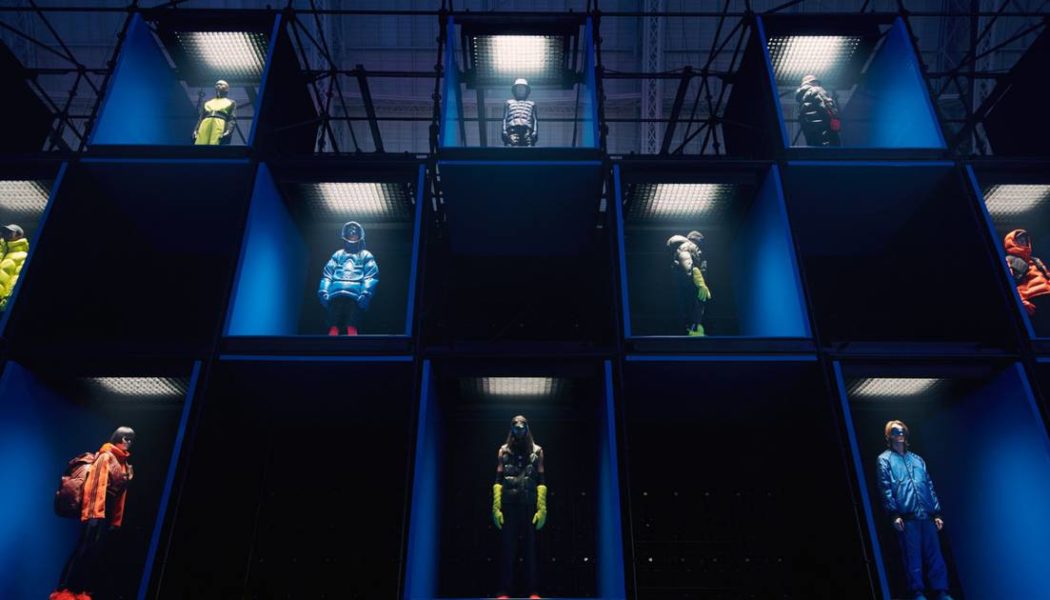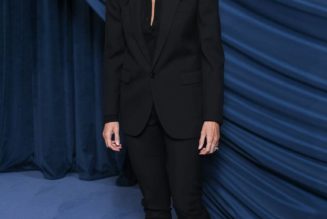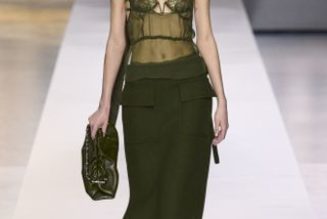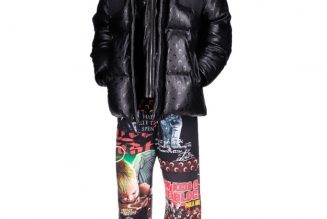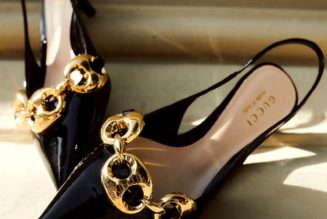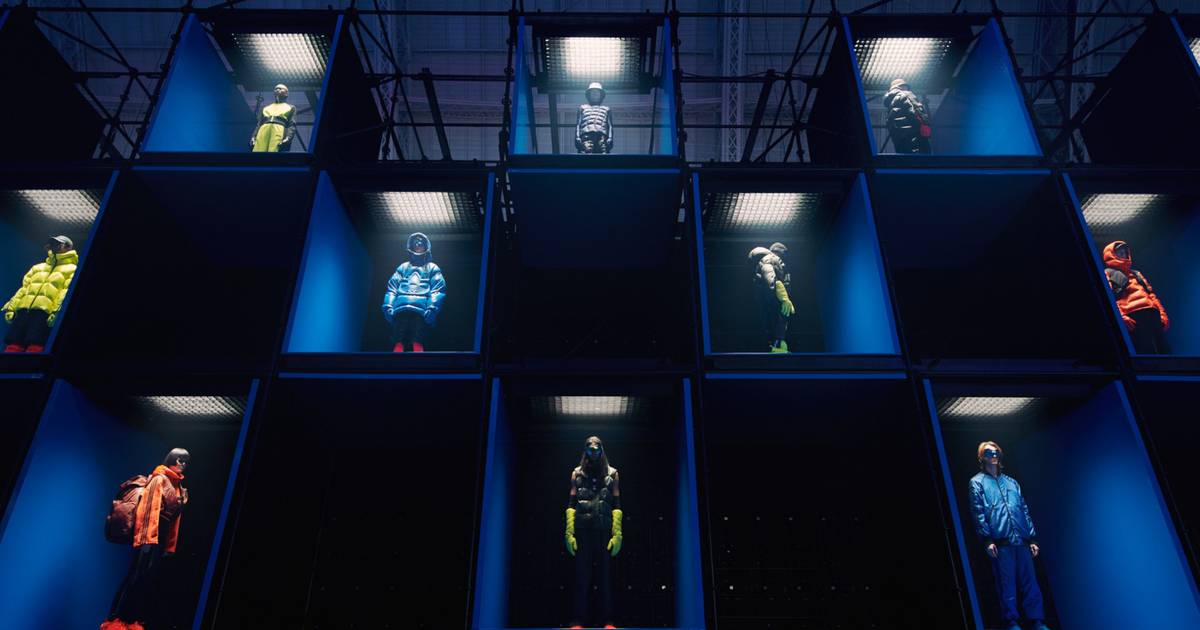
Major luxury and fashion brands traditionally present their new collections via catwalk shows staged for industry insiders, celebrities and top clients. Once upon a time, these events were about the size of a large living room, if we think about Dior’s original presentations. But in recent decades, they have become blockbuster affairs, more about brand marketing than debuting collections.
This method of generating marketing buzz takes a lot of work, however, because, each time around, you need to come up with a new collection of looks to put on the runway and then you need to wrangle and develop a complex seating plan for the various personalities — plus journalists, buyers and others — who attend. What’s more, the approach only scales so far.
In recent years, we’ve seen breakthrough innovation from Italian skiwear brand Moncler, which replaced its seasonal runway partnerships with designers Thom Browne and Giambattista Valli with capsule collections co-created with a roster of collaborators, an initiative dubbed ‘Genius.’
But the key innovation was not just the idea of doing multiple capsule collections a season. After all, capsules have been around for a while. The breakthrough was as much about the way that the new collections were presented.
Rather than using a traditional catwalk format, with one or two thousand people attending, Moncler has staged parties conducted at much larger venues, over one or more nights, for tens of thousands of people — not just insiders and top-spending clients, but fans of the brand.
And because many more people can attend the event and see the products in the flesh, many more people post photographs, multiplying the magnitude of the social media buzz.
This was the case on Monday evening, when over 10,000 people visited London’s Olympia exhibition centre to see the brand’s new collaborations with the likes of Alicia Keys, Pharrell Williams, Hiroshi Fujiwara’s Frgmt, German car brand Mercedes-Benz and more.
It’s not rocket science, but simple math. The key point is the ratio between the number of people who attend Genius events and the number of people who attend traditional catwalk shows: this is a powerful social media multiplier no matter that each Genius attendee isn’t an influencer.
The approach is a good example of how Moncler is able to play in the same league as brands with significantly larger revenues and thus much bigger advertising and communication budgets, generating similarly high retail space productivity. Moncler, a dwarf in the land of giants, has no choice but to do things differently to get more bang for its buck.
Luca Solca is head of luxury goods research at Bernstein.
